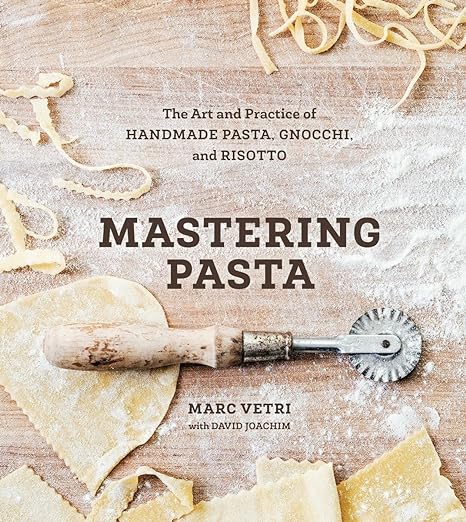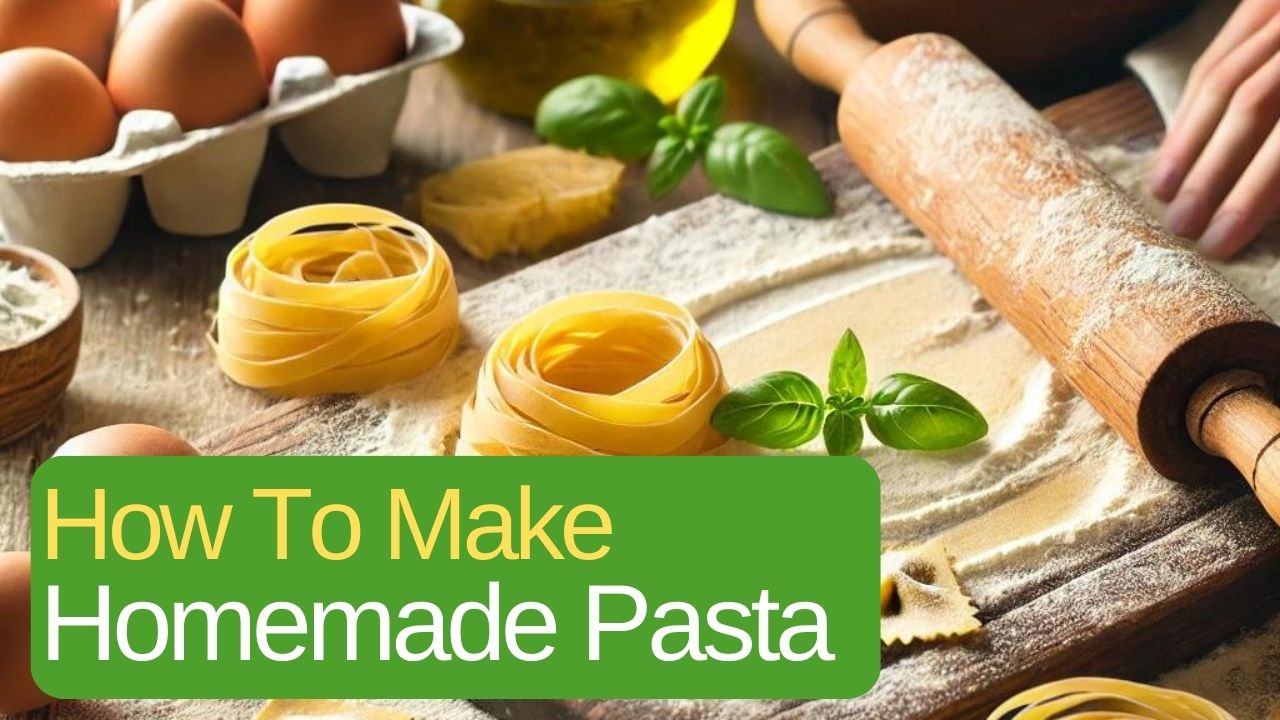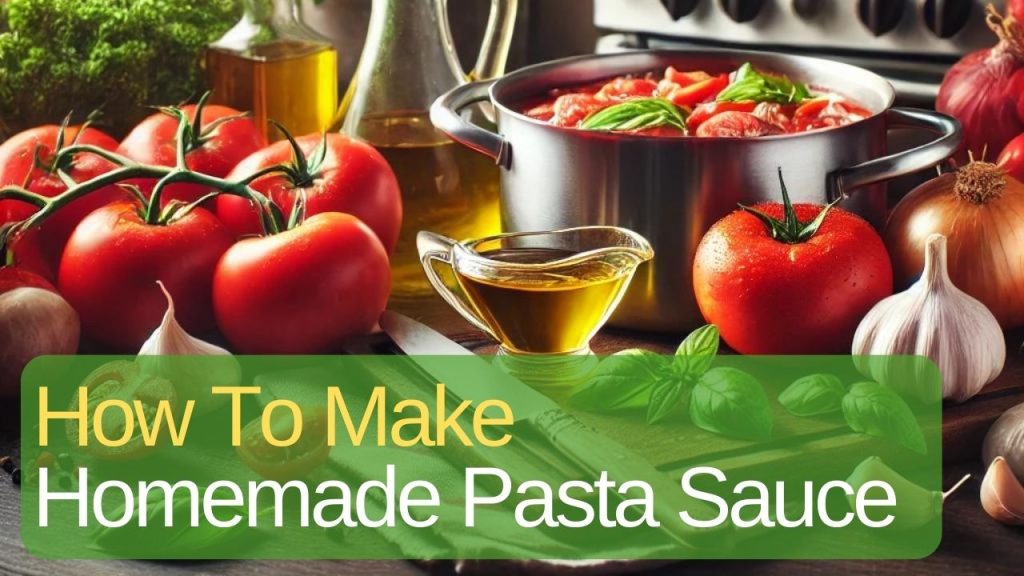Making pasta from scratch might seem daunting at first, but it’s a rewarding experience that can transform a simple meal into a delightful culinary adventure. Learning how to make homemade pasta not only offers better taste but also provides the freedom to customize your dish to your liking. Let’s dive into the world of homemade pasta and discover how easy and fun it can be!

Benefits of Homemade Pasta
Homemade pasta is fresher and more flavorful than dried pasta. Plus, it’s free of preservatives and allows you to control the ingredients. Whether you prefer classic spaghetti, hearty fettuccine, or delicate ravioli, homemade pasta offers endless possibilities.
Essential Ingredients and Tools for How To Make Homemade Pasta
Before we get started on how to make homemade pasta, let’s gather the essentials. You’ll need:
Ingredients on How To Make Homemade Pasta:
- 2 cups of all-purpose flour (plus extra for dusting)
- 3 large eggs
- 1 tablespoon of olive oil
- A pinch of salt
Tools on How To Make Homemade Pasta:
- A clean work surface (or a large mixing bowl)
- Rolling pin or pasta machine
- Knife or pasta cutter
- Plastic wrap
- A pot for boiling
Step-by-Step Instructions on How To Make Homemade Pasta
1. Making the Dough for Homemade Pasta
- Create a Flour Well: On your clean work surface, pile the flour and make a well in the center. Crack the eggs into the well, add the olive oil and salt.
- Mix the Dough: Use a fork to beat the eggs and gradually incorporate the flour from the edges of the well. Once it starts to come together, use your hands to knead the dough.
- Knead Until Smooth: Knead the dough for about 10 minutes until it’s smooth and elastic. If it’s too sticky, add a bit more flour; if too dry, add a little water.
- Rest the Dough: Wrap the dough in plastic wrap and let it rest for at least 30 minutes at room temperature.
2. Rolling Out the Homemade Pasta Dough
- Divide and Flatten: Cut the dough into four pieces. Take one piece and keep the others covered.
- Roll or Press: Using a rolling pin or pasta machine, roll out the dough until it’s thin enough to see your hand through it. Dust with flour as needed to prevent sticking.
- Cut into Shapes: Depending on the pasta shape you desire, you can cut the dough into strips for fettuccine, squares for ravioli, or sheets for lasagna.
3. Cooking the Pasta
- Boil Water: Bring a large pot of salted water to a rolling boil.
- Cook the Pasta: Fresh pasta cooks quickly, usually 2-4 minutes. Watch closely and test for doneness.
- Drain and Serve: Drain the pasta and serve immediately with your favorite sauce.
Types of Homemade Pasta
Learning how to make homemade pasta allows you to experiment with different shapes and styles. Here are a few popular types:
Spaghetti
Long, thin strands that are perfect for light tomato or olive oil-based sauces.
Fettuccine
Flat, thick noodles that pair wonderfully with creamy Alfredo sauce.
Ravioli
Stuffed pasta pillows that can be filled with cheese, meat, or vegetables.
Lasagna Sheets
Wide, flat sheets used in layered baked dishes.
Tagliatelle
Similar to fettuccine but slightly narrower, often served with rich, meaty sauces like Bolognese.
Sauce Suggestions for Homemade Pasta
Classic Tomato Sauce for Homemade Pasta
A simple yet flavorful sauce made with tomatoes, garlic, olive oil, and fresh basil.
Creamy Alfredo Sauce
A rich and indulgent sauce made with butter, heavy cream, and Parmesan cheese.
Pesto Sauce
A vibrant sauce made with fresh basil, garlic, pine nuts, Parmesan cheese, and olive oil.
Carbonara
A creamy sauce made with eggs, Parmesan cheese, pancetta, and black pepper.
Bolognese
A hearty meat sauce made with ground beef, tomatoes, onions, and carrots.
Aglio e Olio
A minimalist sauce of garlic sautéed in olive oil, often with a hint of red pepper flakes.
Puttanesca
A tangy, savory sauce with tomatoes, olives, capers, anchovies, and garlic.
Try Making Your Own Pasta at Home
Making pasta is not only a satisfying culinary project but also a great way to impress your friends and family. The process is simple, the ingredients are few, and the results are delicious. So, roll up your sleeves, get your hands a little messy, and enjoy the art of pasta making. We’d love to hear about your homemade pasta adventures!
FAQs on How To Make Homemade Pasta
Can I use whole wheat flour instead of all-purpose flour?
Yes, you can substitute whole wheat flour, but the texture will be slightly different. You might need to adjust the amount of liquid as whole wheat flour absorbs more moisture.
Do I need a pasta machine to make homemade pasta?
No, a pasta machine is helpful but not necessary. You can roll out the dough with a rolling pin and cut it with a knife.
How can I store leftover pasta dough?
Wrap it tightly in plastic wrap and refrigerate for up to two days. You can also freeze it for longer storage.
What can I do if my pasta dough is too dry or too wet?
If the dough is too dry, add a small amount of water, a teaspoon at a time. If it’s too wet, add a bit more flour until you reach the desired consistency.













